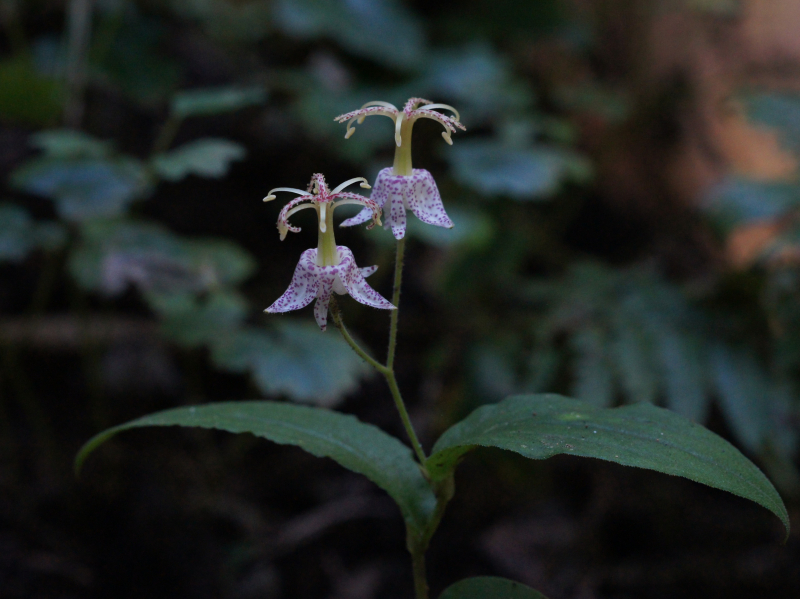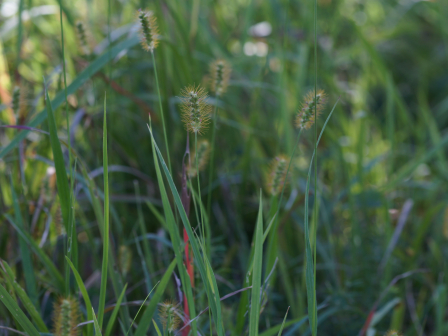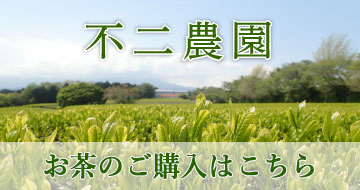フィールド日記
2023.10.06
ヤマホトトギス
ヤマホトトギスが咲いています。和名のホトトギスは、花弁の模様が、鳥のホトトギスの胸のもように似ていることに由来するようです。ホトトギスやヤマジノホトトギスなど、花が似ている近縁種がありますが、ヤマジノホトトギスの花は他の近縁種に比べて花弁が強く反り返るという特徴があります。
"Yama-Hototogisu (ヤマホトトギス)" plants are in bloom. A part of their name "Hototogisu (ホトトギス)" comes from the fact that their patterns on the petals are similar to those on the chest of a bird called "Hototogisu (ホトトギス)". "Yama-Hototogisu (ヤマホトトギス)" plants have a characteristic that their petals strongly bend backward more than other relative species like the "Hototogisu (ホトトギス)" plants and the "Yamajino-Hototogisu (ヤマジノホトトギス)" plants, which bloom similar flowers as those of "Yama-Hototogisu (ヤマホトトギス)".
2023.10.03
ツリガネニンジン
ツリガネニンジンが咲いています。和名のツリガネは花の形に由来し、ニンジンは高麗人参の意味で、根の形が似ていることに由来します。明るい草地や林縁に見られますが、生育地の減少などによって数を減らしている地域もあるようです。
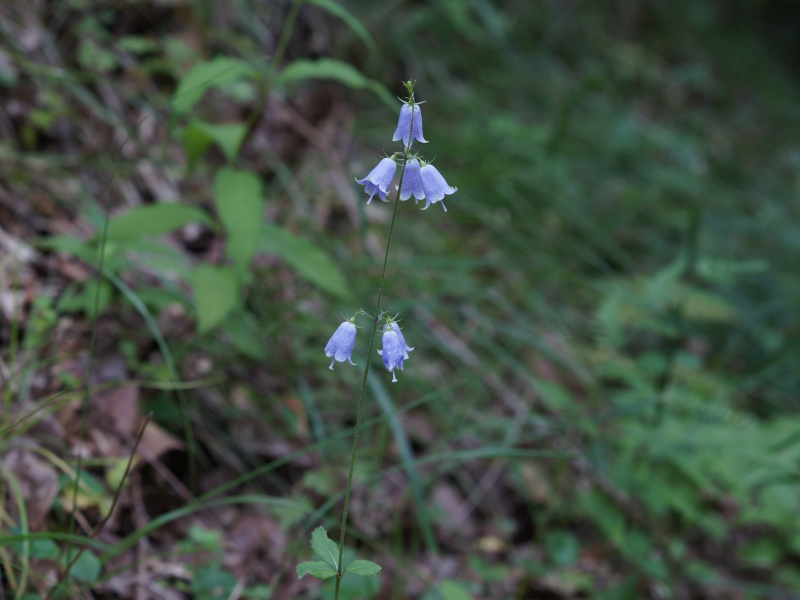
2023.09.29
ツルマメ
ツルマメが咲いています。草原や土手などによく見られるつる性の一年草です。ダイズの原種と考えられており、本種が品種改良されて今日のダイズになったといわれています。
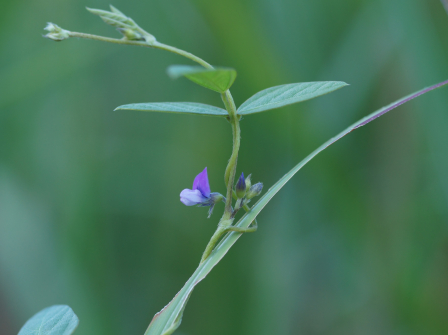
2023.09.26
キンエノコロ
キンエノコロが穂を出しています。和名は、エノコログサに似ていて、穂の毛が黄金色であることに由来します。特に逆光で見ると、黄金色に輝いて見えてきれいです。
2023.09.22
センニンソウ
センニンソウが咲いています。明るい草地などに生えるつる性植物です。学名はClematis ternifloraで、日本に自生するクレマチスの一種です。綺麗な白い花を多数咲かせますが、汁に触れるとかぶれることもある有毒植物なので注意が必要です。
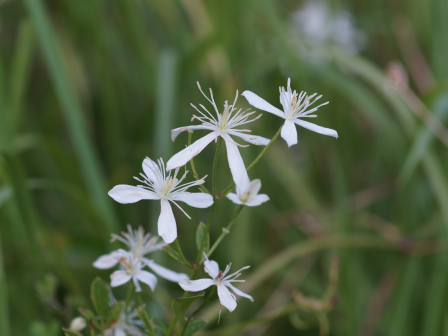
2023.09.19
ヒガンバナ
ヒガンバナが咲いています。秋に一斉に花を咲かせるヒガンバナですが、葉がないことに気が付きます。葉は花の後に伸びてきて、春には枯れてしまいます。また、ヒガンバナは花の後、種ができないことから、地下の球根でなかまをふやしていると考えられます。
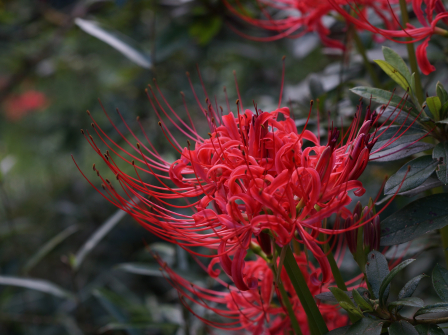
2023.09.15
サワヒヨドリ
サワヒヨドリが咲いています。和名は、湿った場所に生えるヒヨドリバナのなかまという意味です。不二聖心ではススキ野原でよく見られ、実際には比較的乾燥した場所にも生えるようです。
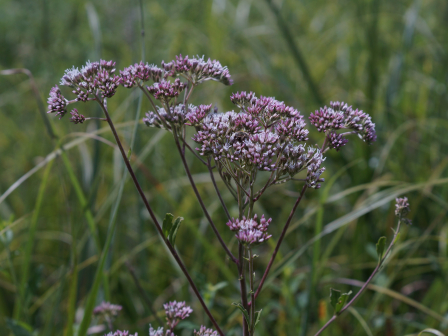
"Sawa-Hiyodori (サワヒヨドリ)" plants are in bloom. The name means that they are in the "Hiyodori-Bana" group growing in wet places and are usually seen in the Japanese pampas grass field on campus. Actually, it seems that "Sawa-Hiyodori" plants grow in relatively dry places too.
2023.09.12
ゲンノショウコ
ゲンノショウコが咲いています。市街地から山地まで、草原的な環境に広く見られる多年草です。古くから薬草として知られています。和名は現の証拠(げんのしょうこ)の意味で、薬効がすぐに現れることに由来するそうです。
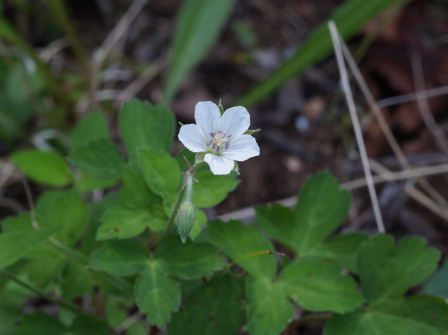
"Genno-Shouko (ゲンノショウコ)" plants are in bloom. They are perennial plants that grow in grass fields in various places such as cities and mountains. They have been known as a medicinal herb since a long time ago. The name comes from the fact that their medicinal effect appears quickly.
2023.09.08
コガンピ
コガンピが咲いています。草地に生える落葉小低木ですが、草地の減少に伴い数を減らしています。近縁のガンピやサクラガンピは高級和紙の原料として利用されてきましたが、本種は樹皮がもろく、和紙の原料としては利用できません。

"Ko-Ganpi (コガンピ)" trees are in bloom. They are small deciduous shrubs that grow in grass fields. These days we see less "Ko-Ganpi (コガンピ)" as we have less grass fields. Although "Ganpi (ガンピ)" and "Sakura-Ganpi (サクラガンピ)" trees, which are close relatives to "Ko-Ganpi", have been used for making quality Japanese paper, "Ko-Ganpi" can not be used because their bark is not strong enough.
2023.09.05
ヒキヨモギ
ヒキヨモギが咲いています。ヒキヨモギは葉緑体をもち自ら光合成をする一方で、地下で他の植物から養分を奪って生きている半寄生植物です。明るい草地に生える一年草ですが、草地の減少に伴って数を減らしている植物の一つのようです。
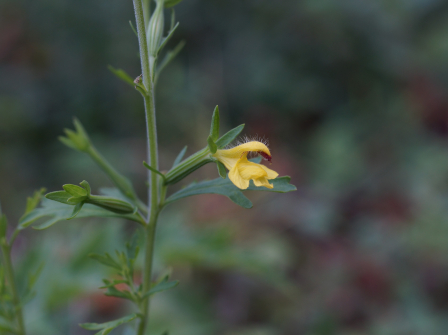
"Hikiyomogi (ヒキヨモギ)" plants are in bloom. They are semi-parasitic plants that take nutrients from other plants underground while they have chloroplasts and carry out photosynthesis. They grow in sunny grass fields. However, they are the one of the plants that are decreasing in number as sunny grass fields are decreasing.


